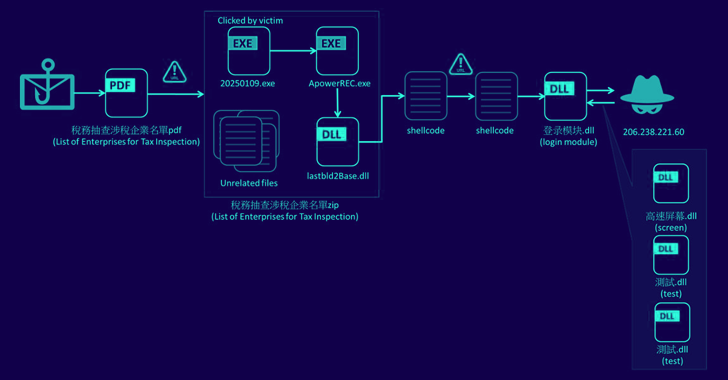Amnesty Finds Cellebrite’s Zero-Day Used to Unlock Serbian Activist’s Android Phone
A 23-year-old Serbian youth activist had their Android phone targeted by a zero-day exploit developed by Cellebrite to unlock the device, according to a new report from Amnesty International. “The Android phone of one student protester was exploited and unlocked by a sophisticated zero-day exploit chain targeting Android USB drivers, developed by Cellebrite,” the international…
Read more










